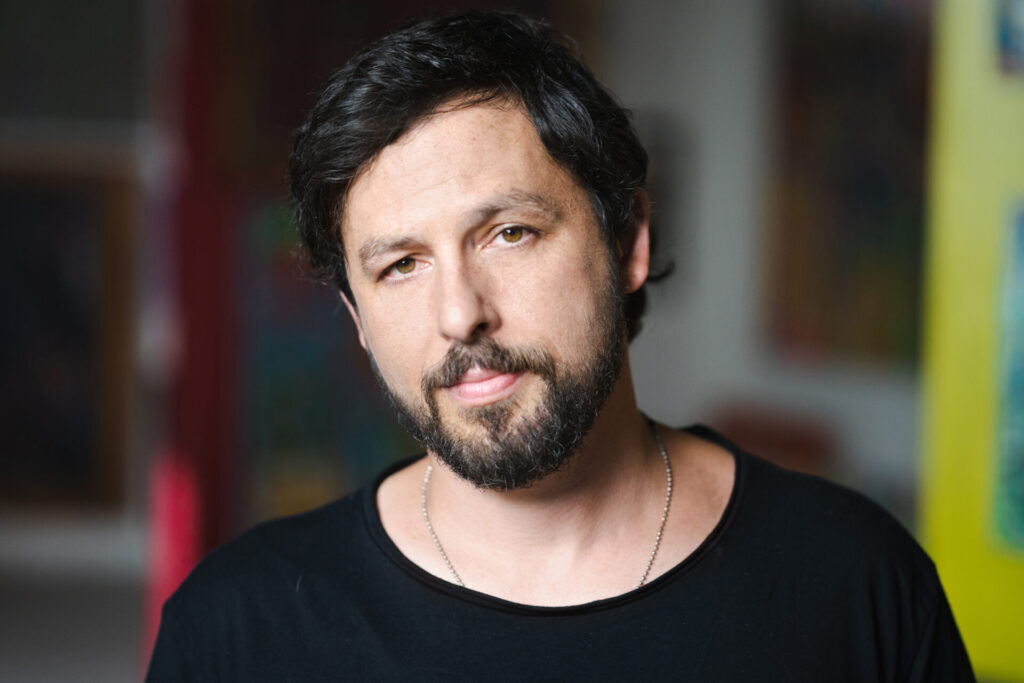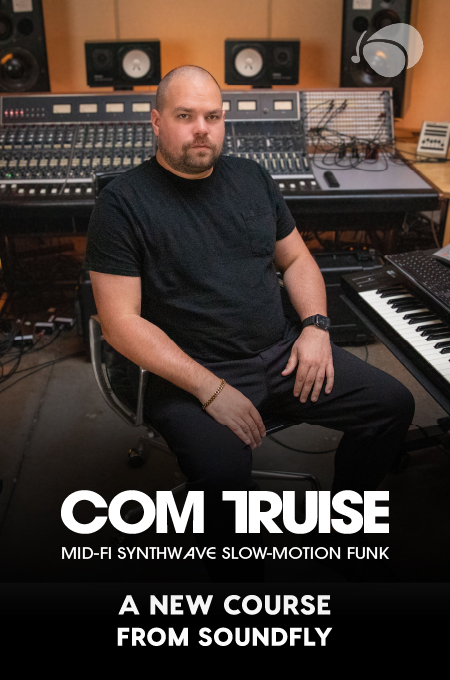+ This lesson is presented courtesy of Ben Weinman’s course, The Business of Uncompromising Art on Soundfly. Sign up to learn how to make a living as an artist without making compromises on your values.
In Simon Sinek’s groundbreaking 2009 book, Start With Why, the author suggests that most companies communicate what they do — i.e., “we make flying umbrellas” or “we’re Airbnb for squirrels” — but the most successful ones communicate why they do it.
Sinek’s theory is that customers like to purchase things in part to demonstrate who they are. They want to align with companies that have a compelling story, culture, and worldview.
By starting with the why instead of the what or the how, companies are able to identify the specific problem they’re trying to solve for people. In the process, they also communicate their vision for the world to those customers and give them something bigger to sign onto.
“People don’t buy what you do; they buy why you do it. And what you do simply proves what you believe.” — Simon Sinek
The Golden Circle (below) describes this process in action. You start with why you exist and then figure out everything else from there, including how you plan to put your vision into action and what you’ll actually produce for customers.

For a musician or artist, that process might involve going through these questions in order:
- Why do you make your art? (Why?)
- How will you live that purpose in what you do? These are the things that set you apart from others. (How?)
- What products do you offer the world to support your business? (What?)
One of Sinek’s key insights here is the importance of communicating the purpose behind what you do to your audience. Your fans want to know who you are and what you stand for, and sharing your why is a key way to tell them.
+ Read more on Flypaper: “Indie Artists, Here’s How to Begin Partnering With Local Brands.”
The Golden Circle in Action
One artist that very clearly embodies the Golden Circle, albeit totally unconsciously, is Black Flag. The band’s founder Greg Ginn has talked at length about how he started Black Flag (and the indie label SST that released their music) because he thought mainstream music sucked and major labels weren’t funding innovative new acts.
Black Flag’s why could be described as a sort of creative war cry against the conformity and conservatism of mainstream corporate music.
From there, everything else followed. They put their vision into action (the how) in everything from their name (“black flag” as the opposite of a white flag of surrender) to their release strategies (always independent) and beyond.
Because their values were so clear, they gained a devoted following who believed the same things they believed. The products they offered (the what) came in the forms of shows, cassettes, records, posters, etc.
+ Read more on Flypaper: “Don’t Be Boring: A Musician’s Guide to Branding.”
Communicating Your “Product”
The reason this framework is helpful is because it captures a core truth: People want to buy things from people they trust. If you know why you’re doing what you’re doing, you can communicate to an audience with increased authenticity, which then makes them more likely to want to support you.
When Ben is talking about a “product,” he’s not referring to a simple marketing trick. He’s talking about the unique vision you’re offering the world, the values you stand for, and how all of that that plays out in the actions you take. The Dillinger Escape Plan’s “product” was the authenticity, danger, DIY ethos, and non-conformism they expressed through their music, their shows, and their merch.
Knowing why you do what you do will help you hone in on a true product you’re ready to present to the world.

Imagine you’re approached by a journalist for an interview about your music. The journalist asks you straight up:
- What are you trying to achieve with your music?
- Why do you make the music you make?
How would you answer these questions? Don’t overthink it — just let a couple answers fall out of you, whether you write them down on paper or record them in voice memos. This doesn’t need to be articulated and approved like a slogan. This is an opportunity for honest reflection.
If you’re already a Soundfly subscriber, feel free to share what you come up with on Discord.
Rev Up Your Creative Engines…
Continue your learning with hundreds of lessons on songwriting, mixing, recording and production, composing, beat making, and more on Soundfly, with artist-led courses by Kimbra, RJD2, Com Truise, Kiefer, Ryan Lott, and Ben Weinman’s The Business of Uncompromising Art.




